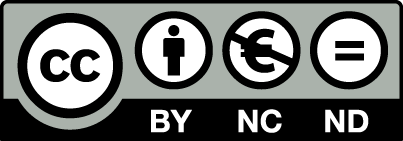Abstract:
The goal of the paper is to decompose gross exports/imports to/from Germany for seven selected economies in Central and Eastern Europe (CEE): the Czech Republic, Estonia, Hungary, Lithuania, Latvia, Poland, and Slovakia for 2000 and 2014, to identify the role of German in absorbing, reflecting, and redirecting CEE trade. We use a gross trade decomposition proposed by Borin and Mancini (2017), which is the extended version of the methodology of Koopman, Wang, and Wei (KWW; 2014). Our analysis shows the deep integration of CEE into "Factory Germany" as well as also the overestimated role of Germany as a market of final destination. Germany plays the increasing role in CEE export redirection (and vice versa) to extra-European destinations, especially to the US, China, and Russia. Additionally, we state that the Baltic countries and Poland export domestic value added mostly included in services, while the Visegrád countries do so in manufacturing.

